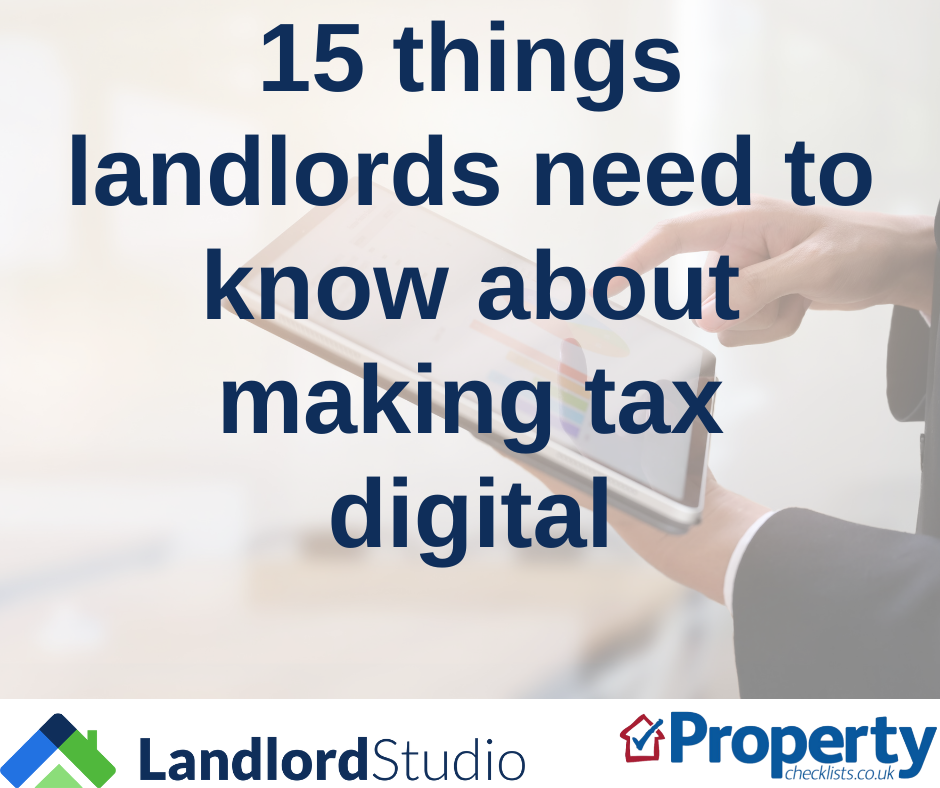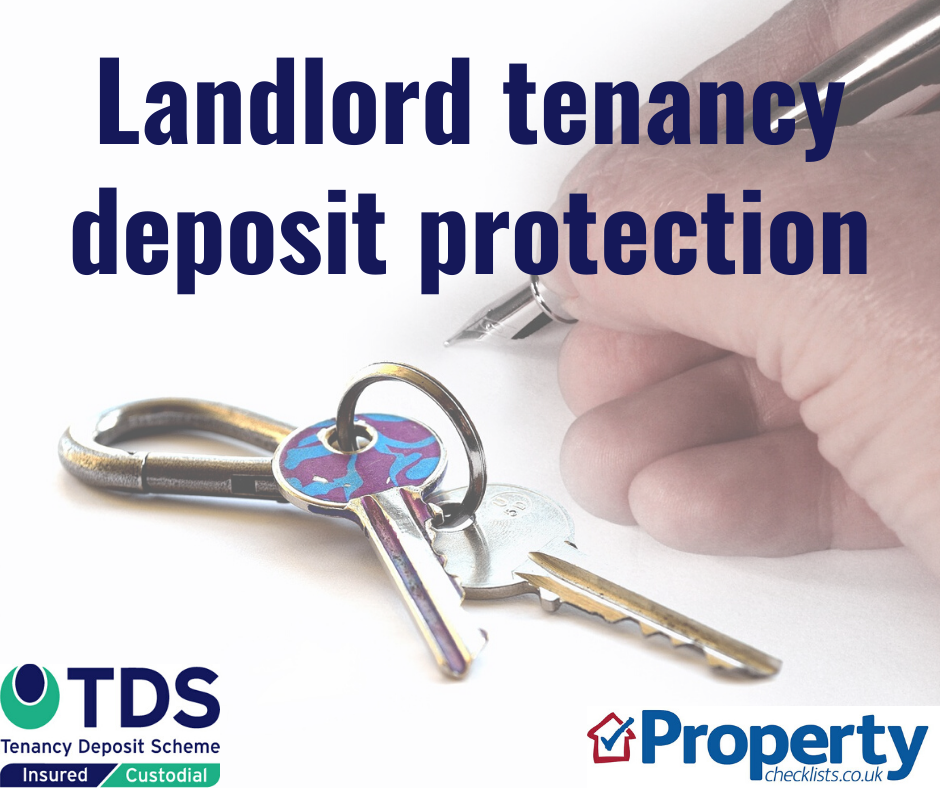This report is to help give everyone – industry and consumers – a quick five-minute guide to what’s happening in the property market, according to the property indices, along with property expert Kate Faulkner’s comments.
Download a full version of Kate Faulkner's August price report here
Rightmove
Sixth price record but market cooling from boil to simmer
“The average price of property coming to market sees a sixth consecutive record this month, rising by 0.4% to £369,968. A continuing desire to move and low numbers of homes for sale are driving further price growth even at a time when personal finances are becoming increasingly stretched.”
Home.co.uk
Home price growth slows, stock level trends up and rents Skyrocket
“Asking prices across England and Wales edged up a mere 0.2% overall in July, bringing the year-on-year rise to 6.1%, a more muted increase than seen in previous months, despite huge monthly rises in Wales (1.0%) and Yorkshire (1.3%).”
RICS
Demand and sales continue to cool although pricing trends remain relatively firm at this stage
“House prices still rising across all parts of the UK, albeit the pace of growth appears to be easing somewhat.”
Nationwide
Annual house price growth stays in double-digits as July sees twelfth successive monthly increase
“July saw a modest increase in the rate of annual house price growth to 11.0%, from 10.7% in June. Prices rose by 0.1% month-on-month, after taking account of seasonal effects – the twelfth successive monthly increase, which kept annual price growth in double digits for the ninth month in a row.”
Halifax
Average house price falls slightly - first drop in a year
“House prices fell marginally by 0.1% in July – the first decrease since June 2021.”
e.surv
Annual price growth increases to 10.2% in England & Wales
“Our data, unlike other indices, reports all mortgaged and cash sales across England and Wales and shows that the average price paid for a home in England and Wales in July 2022 was £370,893, up by some £2,400, or 0.6%, on the revised average price paid in June.”
Zoopla
House price growth starting to slow off a high base
“Average house prices are up 8.3% over the last 12 months, lower than the recent high of 9.6% in March 2022.”
If I’m honest, it’s becoming a little difficult being a property commentator on the market. Each month this year we have been expecting falls in growth (not prices), and yet they continue to defy gravity with double digit changes still in place for June/July. Although everyone is predicting that the market will slow during the second half of the year, we are still waiting for the news to suggest that it is actually happening!
Some of the stats are pointing towards slower growth, but the existing growth is still near or above 10% rise year on year – and that’s on top of big rises we’ve seen in 2021 versus 2020. Up until the pandemic, price growth in most areas, bar London, was lagging behind inflation, but the consistent rises we’ve experienced over the last few years means property is now back on track, over time, beating average inflation of 3% with annual rises of 3.4% to 4% as far back as 2005.
And even with the huge increases in inflation over the last 12 months and the predicted higher rates over the next year taking it into double digits, with average price rises recorded by the indices from 8.3% (Zoopla) to 12.8% (Land Registry), this makes property a good inflation hedge again versus other financial investments. With the expected economic woes worsening over the coming months, with the BBC stating "Global stock markets fall as economy fears grow” it’s likely that buying property will still be seen as a good bet whether you are a first time buyer or investor.
All countries continue to perform well from a price perspective. As with all property prices though, even in the individual countries, property price performance is different. In Scotland, according to their .gov site, “the largest increase was in Argyll and Bute, Highlands and Islands, where house prices increased 8.7% annually to 209K (average arithmetic mean price; prices not mix-adjusted). The smallest increase was in Aberdeen/shire and Moray, which increased by 1.9% annually to £208K.” Source: gov.scot
In Wales, according to Savills, “The highest price growth was in Blaenau Gwent (24%) and Merthyr Tydfil (22%) during 2021. Variation in price growth within Wales is due to the cyclical nature of the housing market and the late-cycle stage we are now in. Those local authorities which have seen the fastest growth in the last 12 months are those which have grown least since their 2007/8 peak and which have the lowest house prices.”
A further key factor in the growth rates in Wales is “18 months of a shrinking construction pipeline ….the decline stopped in the most recent quarter, but it will take time for the pipeline to build up again. This will not be helped by the fall in planning consents, which were at roughly 2016-18 levels during the year to March 2022, more than 20% below the 2019 highs. Mark Harris of the Home Builders Federation commented that “the industry faces an extremely challenging operating environment, with delays in the planning system and a shortage of viable allocated sites high amongst a number of major constraints on supply.”
As a result, although price growth is expected to slow at some point in Wales and in Scotland, currently, as with England (see regional analysis below), the lack of properties available versus demand appears likely to continue. And, even with the headwinds of the cost of living crisis and rises in mortgage rates, property prices still look to continue to rise for the rest of 2022. Source: Savills
Download a full version of Kate Faulkner's August price report here
Regional price rises continue to be diverse, with the lowest rise recorded in London by Home.co.uk and the highest rise is 16.9% in the South West from the Land Registry.
It is interesting though that London appears to be coming out of the doldrums experienced during the pandemic with prices rising by anything from 3% according to Home.co.uk through to 8.2% recorded by Land Registry.
Overall, as with UK and country price rises, most of the rises in English regions show double digit increases, the only exception being Home.co.uk which, along with Zoopla, tend to record slightly lower price rises.
Zoopla
House price growth starting to slow off a high base
“Average house prices are up 8.3% over the last 12 months, lower than the recent high of 9.6% in March 2022. Around the country, prices are rising fastest in Wales (+11.1%) and remain in double digits in the South West and East Midlands. London continues to lag well behind with average prices up 4% over the last year.
“All markets are registering slower growth off a high base. The rate of price increases remains well ahead of the 5-year average – see chart below. We expect the rate of growth to slow over the second half of the year, but not as fast as we had projected at the end of last year due to the continued resilience in sales and buyer interest.”
Download a full version of Kate Faulkner's August price report here
For city/town tracking, we use Land Registry (government data) and Zoopla/Hometrack. The Land Registry data is useful because we can analyse how property prices have changed over time and this helps us to put today’s price information into context.
The Zoopla/Hometrack data is useful as they take into account the change in mix of property transactions during the pandemic to houses away from flats. This has meant the likes of the Land Registry and other indices have over exaggerated price increases year on year.
City prices are all rising this month, even Aberdeen is up by 2.6% which has been in decline now since September 2014, although Hometrack suggests it’s still falling by around 1.6%. Whichever is right, all cities continue to do well.
Those cities with the highest growth recorded – over 14% - according to the Land Registry include Peterborough, which has in the past lagged behind other areas and Milton Keynes, topping the ‘charts’ with 16.6% growth. While the lowest growth is in Aberdeen (2.6%) and Oxford at 4.8%.
Hometrack is tracking lower rises and their ‘top of the chart cities include Bournemouth and Nottingham, both over 10% YoY and the lowest being Aberdeen falling by 1.6% and London rising at just 4%. Interestingly, Milton Keynes is a good performer according to Hometrack, so always worth checking prices with your local agent rather than relying on general city or regional stats.
Up seems to be the most appropriate answer to this question! And even since last month, Savills have actually increased their forecast based on the latest data on mortgage rates and the stress test for affordability being dropped (this isn’t as ‘scary’ as it sounds!), although the changes don’t kick in until 2024.
It’s great that we are getting much better data on demand and supply as this is what really drives the property market – and in reality, it’s far more important to understand than property prices if analysing the market.
All the data, whether it’s stock levels, buyer demand or transactions show that there is a serious imbalance in the market. This is especially true of the data from Nationwide this month which shows the transactions by buyer.
According to Nationwide:
“Total housing market transactions in the three months to May were c.20% below the elevated levels resulting from the stamp duty holiday, but 5% above pre-pandemic levels.”
What’s more interesting is the breakdown of the different buyers. Although “Home mover transactions (with a mortgage) have slowed more than other sectors”. Suggesting that the effect of the pandemic and SDLT holidays have perhaps faded for this buyer group.
However, first time buyers are up by 5% versus pre-pandemic and the number of cash buyers has remained at 35%, while buy to let purchases (involving a mortgage) remain higher too, suggesting that demand is coming from all areas and not likely to abate anytime soon.
Buyer demand is slowing but is still high:
Average stock per agent is still low, but is increasing.
The National Association of Estate Agents are reporting “There were nine sales agreed on average per member branch in June - the same number as the previous two months. This figure is also in line with the pre-pandemic average for June of nine (based on 2010-2019 figures). Sales agreed as a percentage of stock remains high at 33 per cent in June. This is compared to the pre-pandemic average of 17 per cent of stock sold in the month of June between 2010 to 2019.”
Over time, this chart from Home.co.uk shows the huge lack of stock we’ve seen since the pandemic which is the key cause of house prices rising, despite everything that’s happened.
Source: HMRC
Zoopla
Sales volumes expected to be 8% higher than expected
“These pandemic factors explain why sales and price growth has remained more resilient than we might otherwise expect given the economic headlines. If we didn’t have them then the market would be slowing far more quickly than it is currently.
“The net result of these trends is that we expect housing sales to outperform our original forecasts for 2022. Year to date sales agreed are only 10% lower than this time last year, even allowing for a slower H2 we expect overall housing sales to total 1.3m. This is 100,000 (8%) higher than the 1.2m we projected at the start of the year.”
|
15 things landlords need to know |
How to organise refurbishment |
|
 |
 |
 |